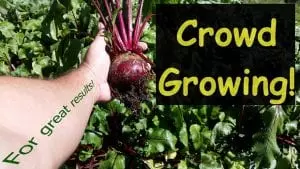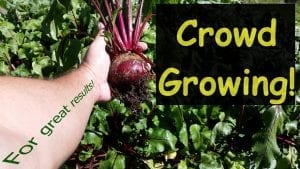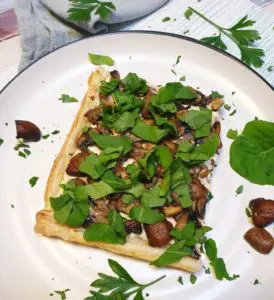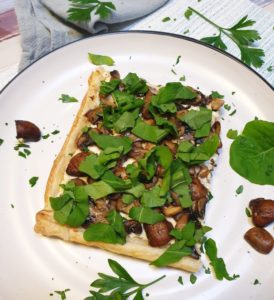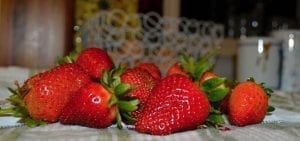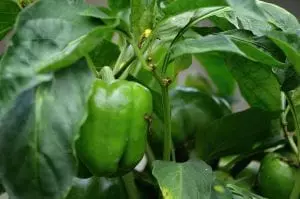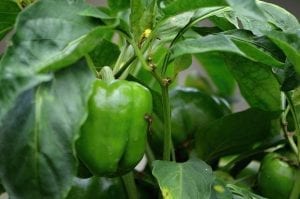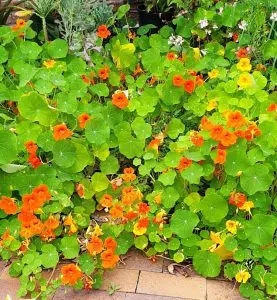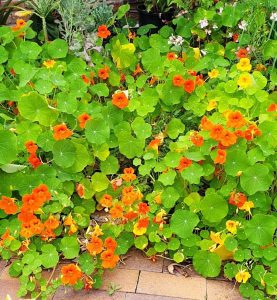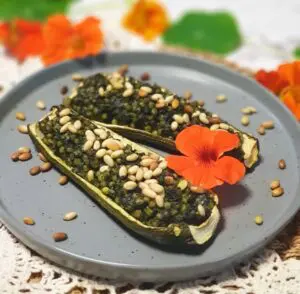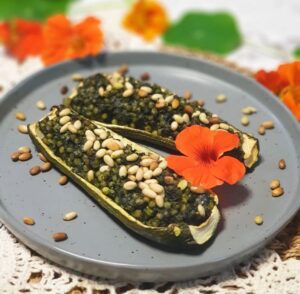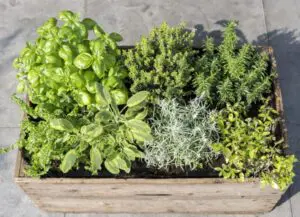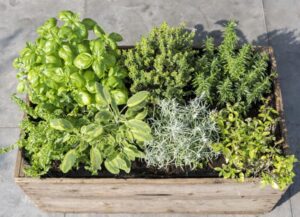For a backyard fruit tree it's hard to overlook an orange. Not only is an orange tree easy to grow and great for fruit but it also can be used as an evergreen ornamental show piece in the garden. You can get mock orange trees as ornamentals (they don't fruit) but why not get the real thing and get free fruit as well as a great tree?
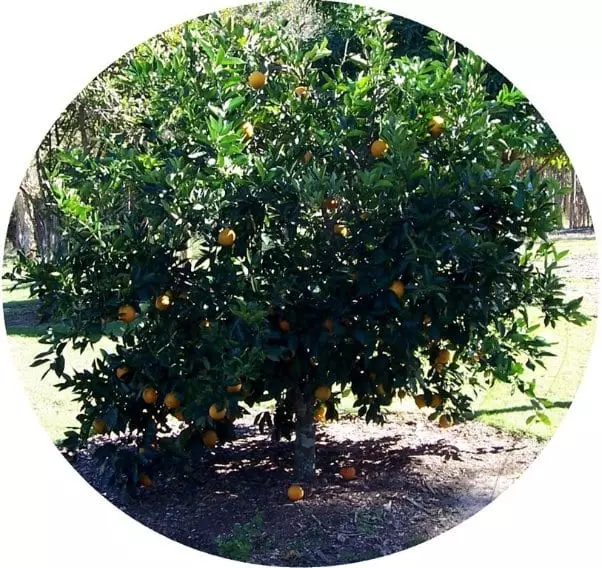
Washington Navel Orange Tree
Oranges and lemons say the bells of… This popular old English poem may have deep sinister origins from executions in the 16th century then later adopted as a children’s game; however, its citrus title and use in the poem shows a snap shot of what fruits people were thinking of back then when produce choices were less abundant than today.
Of course, the orange goes way farther back than the 16th century and if you'd like to read a simple written history on the orange then Wikipedia has a good write-up and here is the link: Wiki
It's hardly surprising that oranges have evolved into one of the most favourite and commonly utilised fruits in the world considering its taste and versatility as a food, drink, ingredient in cooking, a pharmaceutical and beauty product, cleanser, or deodoriser.


Also, vitamin C is well known to strengthen the human body's immune system against ailments like colds and flues; although, I tend to think it's the combination of all vitamins and antioxidants in the whole orange that delivers these goodies rather than just vitamin C in isolation.
Types of Oranges
There are many varieties of oranges with cross breeding leading to some wonderful varieties to eat and grow in the backyard. I currently have 4 orange trees growing in my yard two navel (end of fruit has a small belly button like feature) and two standard. The varieties are: Washington, Lane's Late Navel, Blood, and Valencia. Each variety has many of the same characteristics with some unique qualities as follows:
-
Washington – Large tree with big navel oranges of exceptional taste. This is my oldest orange tree at 8 years. The growth, appearance, and the fruit is what prompted me to want more orange trees so I could have more fruit and also extend the season.
-
Lanes Late – This orange is part of the plan to extend the orange season in my yard. The beautiful Lanes Late Navel orange tree with a navel orange fruit similar to the Washington is what the name suggests – the fruit matures slightly later. I had hoped the development of the fruit would be later than it actually is (ripening only slightly later than the Washington) but it's better than nothing.
-
Blood – Produces an attractive reddish fleshed orange, which is sweet and said to be high in antioxidants. My tree is only young and I haven't had any fruit from it as yet so I guess I can only go from fruit I have purchased and my own research as far as eating goes; however, the tree is growing well and I do have high expectations that it should perform at least as good as my other trees.
-
Valencia – I didn't just grow this tree for its name (same as mine) but mainly due to its reputation as a terrific juicer and prolific bearer, which I have found to be true. Although the fruit can be a bit acidic eaten as a cut orange, I still don't mind the taste; however, the juiced Valencia orange is awesome. The other interesting characteristic I have noticed about the Valencia orange tree is how long it can hold its fruit on the tree before it falls. Incredibly, the ripe Valencia oranges stay attached to the tree for many weeks after ripening and much longer than any other orange tree I've seen. This staying quality gives the home gardener the ability to harvest only what is required limiting gluts and extending the season without needing several trees. Plus, the longer the fruit hangs on the tree the sweeter it gets (before it ultimately does drop, which takes ages) so it is little wonder why the Valencia is such a famous orange.
Selection and climate

Young Valencia Orange Tree
When it comes to selecting which variety to buy for the home garden it really is personal preference with a few constraints like availability and climate. Oranges don't like prolonged periods of cold weather temperatures below 0°C and (generally) to bear fruit successfully they need a period of about 6 months from flowering where the temperature doesn't fall below 14°C for too long.
A hot summer is preferable and good rainfall or watering during fruit development is important. There are exceptions to these temperatures depending on varieties and how the plant is managed or what protection from the elements it is given like artificial shelter or micro-climate development, for example.
I live in an inland subtropical climate about 20kms from the coast and the climatic conditions seem to be perfect for oranges but they do fine in temperate climates too with some care. Cool or cold regions are not so good but there are options with hot houses and potted dwarf varieties, which can help overcome the climatic challenges.
Nevertheless, even in the best growing regions some oranges are better suited to different areas and people have different reasons or tastes influencing what variety/s they prefer to grow. I selected my orange trees by considering three main points (the 3 whats):
-
What I wanted – Two things. I wanted to extend my orange season and also grow different trees for variation. Therefore, I searched for varieties with particular characteristics to help me achieve my goal.
-
What trees were best suited to my location – I researched the varieties that would perform best in my location and climate through local knowledge (nurseries, clubs, friends, neighbours), publications, and online.
-
What varieties were available – No use wanting a particular variety if it is impossible or too hard to source and purchase. But these days I don't just visit all the nurseries in the local area then give up if the particular variety I want is not available, I go “net shopping” as online nurseries are getting better all the time.
Soil

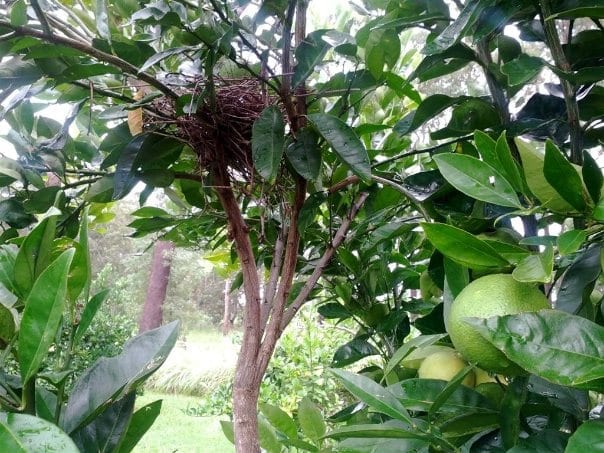
Bird nest in Lanes Late Navel orange tree
What I really like about orange trees is the ability they have to adapt to a wide range of soils. My property is based on a heavy clay soil, which can get terribly sodden through summer and then become completely dry in winter/spring. The topsoil depth ranges between a measly 4 – 12 inches but yet my orange trees are thriving. I usually mound-up and plant my fruit trees above ground level to prevent wet feet; however, I haven't done so with any of my oranges.
Nevertheless, whilst oranges seem not to be phased by too much water free draining fertile soil is still optimal and the thing to watch when growing in clay is the inability for the plant to access nutrients from the heavy soil. Therefore, close attention to the leaves of the tree can give early indications of any nutrient deficiencies. At the first signs of yellowing or vain protruding leaves a treatment of some trace elements or a mineral like chelated iron can help ward off any potential long battles to recover a very sick tree.
Mulching
In line with soil is mulch. Orange trees develop a large series of feeder roots close to the surface of the soil and out to about the width of the canopy. Therefore, it's important to protect these roots from the hot sun or cold by a good mulch covering. Also, the mulch will retain moisture, which is vital for fruit development, and provide slow release nutrients is it breaks down.
There will be times where the mulch degrades or breaks down and virtually disappears but unless it's the middle of a hot summer, I don't panic as I just mulch-up when I get the chance.
Flowering
Oranges can almost fruit all year round in some places with flowers showing next to ripe and developing fruit. I actually have a lemon tree that does this but it does need lots of food to keep it healthy and producing constantly.
Mostly, oranges flower in spring producing numerous small rose-white coloured flowers all at the same time. Occasionally a second smaller flowering happens several weeks later, which can be beneficial acting like a “second sowing” and extending the fruiting. The flowers last for a few days then fall, and under the right conditions the petals sprinkle the base of the tree like snow – it's quite beautiful. Also, the perfume from these little flowers is fresh and sweet with wafts drifting all over the yard when in bloom.
Fruit set
Oranges can start fruiting in the first year from planting; however, it is a good idea to remove the fruit from young trees so it can concentrate its efforts into growing. At about the 3 – 5 year mark orange trees start to produce good crops and after 5 years they're away!

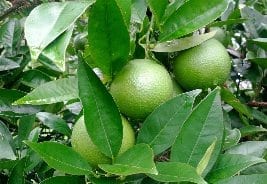
Once fruit development is under-way, irrigation frequency isn't as important; however, prolonged periods of hot dry weather without supplementary watering should be avoided as this can cause poor fruit development, early ripening, and/or fruit splitting.
Heavy fruit laden branches may either need to be thinned or supported to prevent the branches from breaking or splitting at the stem. I've seen no evidence to support the theory an overladen tree produces smaller fruit just as long as water, feeding, and support management is done correctly.
Fertilising
A general complete fertiliser is good for oranges. I use a complete citrus fertiliser with 
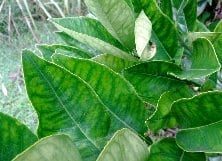
I keep some trace elements handy in the shed just in-case the leaves show signs of deficiency and it isn't unusual for me to apply them to at least two orange trees throughout the year. If nutrient deficiencies are attended to reasonably quickly, the leaves should be back looking healthy within weeks. A common deficiency is a lack of iron depicted by dark green veins on the leaf with lighter green in between (pictured above).

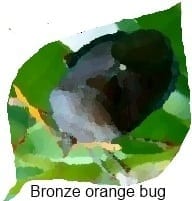
The best way to keep an orange tree free from disease and pests is to keep it healthy. A healthy tree with a good nutrient and feeding balance will repel most pests and diseases; and, an under nourished neglected orange tree will attract all the baddies.
Pests
Having said that, even healthy trees sometimes get hit so a stroll around the tree every now and then checking for nasties is good practice in order to catch any problems before they develop into major issues. Aphids and bronze orange bugs can be pests that attack good healthy trees especially new growth, flowers, and fruit – in large numbers these pests can cause a great deal of 
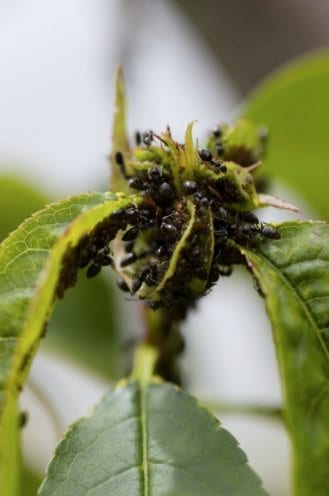
Scale and mealy bugs in pinkish-white furry clusters are some other sap suckers that are easy to spot and mainly attack stressed trees. In small numbers these pests can be manually removed or squashed. Aphids, scale, and mealy bugs are commonly accompanied by ants that feed off the excretions. This honey-like excretion can also encourage black sooty mould to develop and grow on the foliage.
Mites aren’t usually a big problem with oranges but a rusty colouring on the skin of the fruit can be a sign of a mite infestation. If too many of the fruits are affected then spraying may be warranted but I'd try removing affected fruit first and even wetting the foliage with fine mists as mites hate humidity. Predatory mites can also be purchased to combat the bad mites but I haven't tried this method although I've read quite a bit about predatory insects and it can be an effective organic method that is surprisingly not too expensive
Caterpillars in large numbers can defoliate young trees; however, I rarely see lots of caterpillars and I tend to leave the odd one 

Fruit fly don't normally attack oranges in my area even though they are prevalent and when they do sting the fruit the larvae don't develop. Different species of fruit fly may be a problem for oranges in some other places though, if so, try trapping methods and eco-safe ways to defeat the fruit fly first as these methods might be all that's required to quell the issue rather than jumping straight in with potent pesticides.

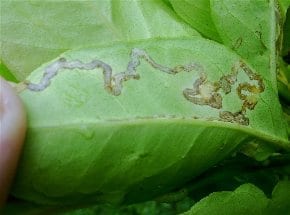
Animals
Fruit bats can be an issue in my area – possums too, and I'm sure all over the world in most places there's a critter that'll want that orange as much as us. Whole tree netting is probably the best way to protect the fruits from animals if the problem is big – you can read more about netting here. If it means only losing the odd orange each week then I'd just accept the loss (as I do) because netting to save a few oranges when dozens are still surviving till harvest is just a waste of time and money.
Disease
Oranges can get viruses and fungal attacks like crown rot or sooty mould but so can most plants. In the main, oranges would have to be one of the most hardiest trees in my orchard and easiest to look after.
Maintenance and pruning
Tree shape for oranges is easy too because they mostly “self shape” and are such a great looking specimen for the home garden. To ensure a good air flow through the centre of the tree some light pruning to slightly open the mid section is beneficial. Also, pruning low hanging branches to keep them from drooping onto the ground is a good idea for pest and disease prevention.
Don't be too zealous with the shears though as over pruning exposes the trunk and branches to sunburn, which can cause cracking and problems. If in doubt, let the tree grow naturally and just occasionally prune any dying or problem growth (especially if the tree is young as it is best to let it grow and get strong first).
Conclusion
The sight of an orange tree burdened with ripe fruit in the backyard is simply smashing. For those living in a warmer climate not having an orange tree is an opportunity missed and for colder regions the right variety with the right management can still produce good results.
Picking several oranges on a Sunday morning and squeezing for home-grown OJ with eggs and bacon is a real decadent treat, which can't get any sweete
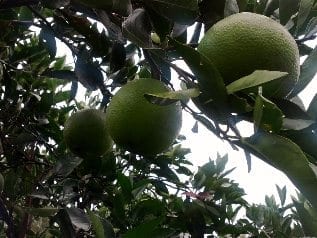
I think for now I'll stop at four orange trees in my backyard but it wouldn't take much to convince me to get another. Nevertheless, the average person doesn't need four or more trees. Even having just one orange tree will produce enough for the average family to enjoy and celebrate this historic and famous citrus, which has inspired the world in cuisine, literature, fashion and many other affairs.
If you have any tips or points about oranges then feel free to comment below (you do not need to supply an email).
Thanks for visiting.
Look, and see the Earth through her eyes…
Mark Valencia – Editor SSM



